Oct 5, 2022
Discovering novel algorithms with AlphaTensor
Posted by Dan Kummer in categories: education, information science, mathematics, robotics/AI
Algorithms have helped mathematicians perform fundamental operations for thousands of years. The ancient Egyptians created an algorithm to multiply two numbers without requiring a multiplication table, and Greek mathematician Euclid described an algorithm to compute the greatest common divisor, which is still in use today.
During the Islamic Golden Age, Persian mathematician Muhammad ibn Musa al-Khwarizmi designed new algorithms to solve linear and quadratic equations. In fact, al-Khwarizmi’s name, translated into Latin as Algoritmi, led to the term algorithm. But, despite the familiarity with algorithms today – used throughout society from classroom algebra to cutting edge scientific research – the process of discovering new algorithms is incredibly difficult, and an example of the amazing reasoning abilities of the human mind.
In our paper, published today in Nature, we introduce AlphaTensor, the first artificial intelligence (AI) system for discovering novel, efficient, and provably correct algorithms for fundamental tasks such as matrix multiplication. This sheds light on a 50-year-old open question in mathematics about finding the fastest way to multiply two matrices.


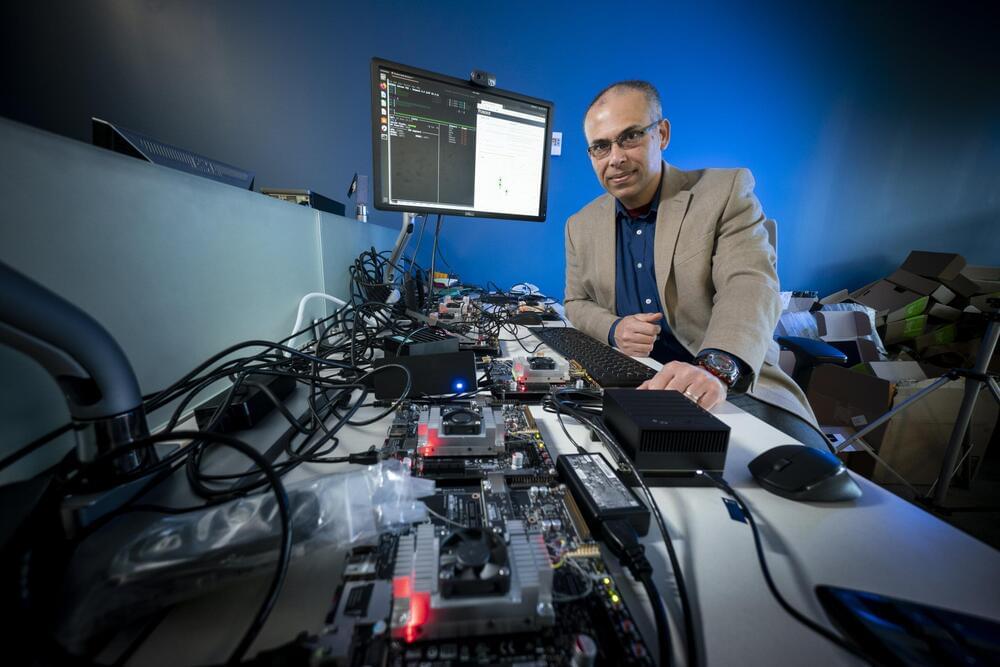

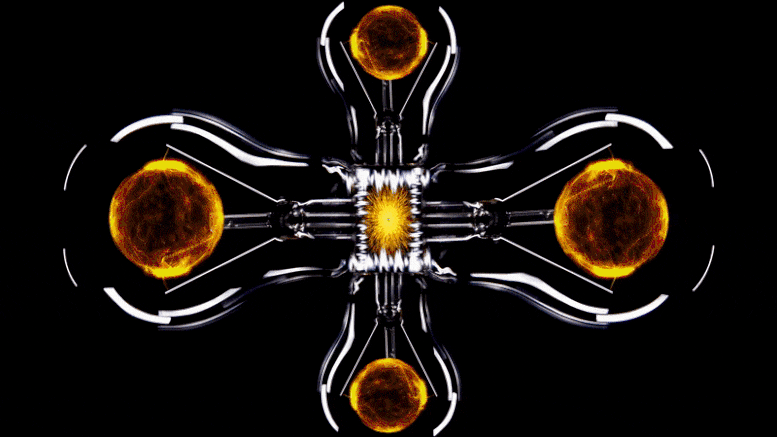
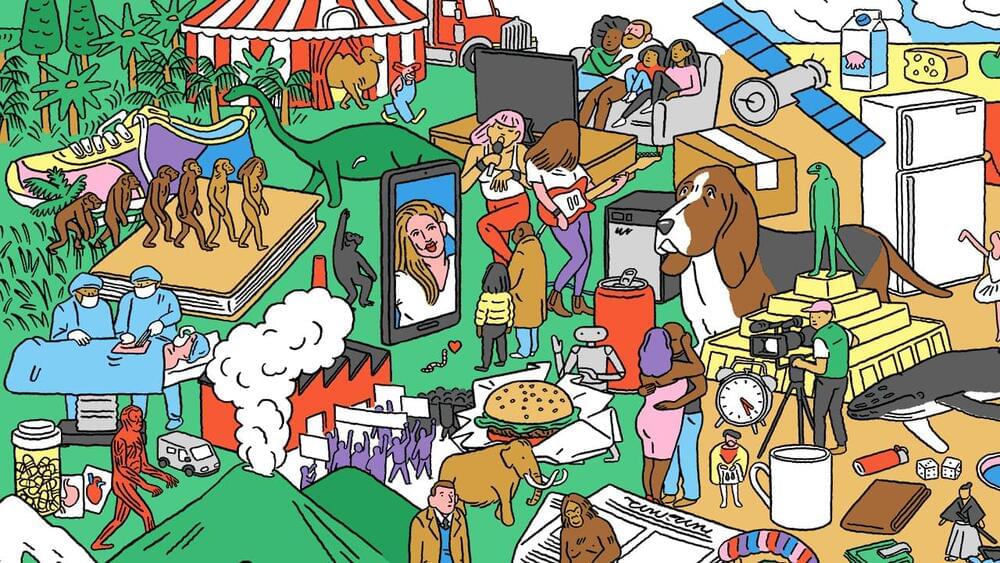
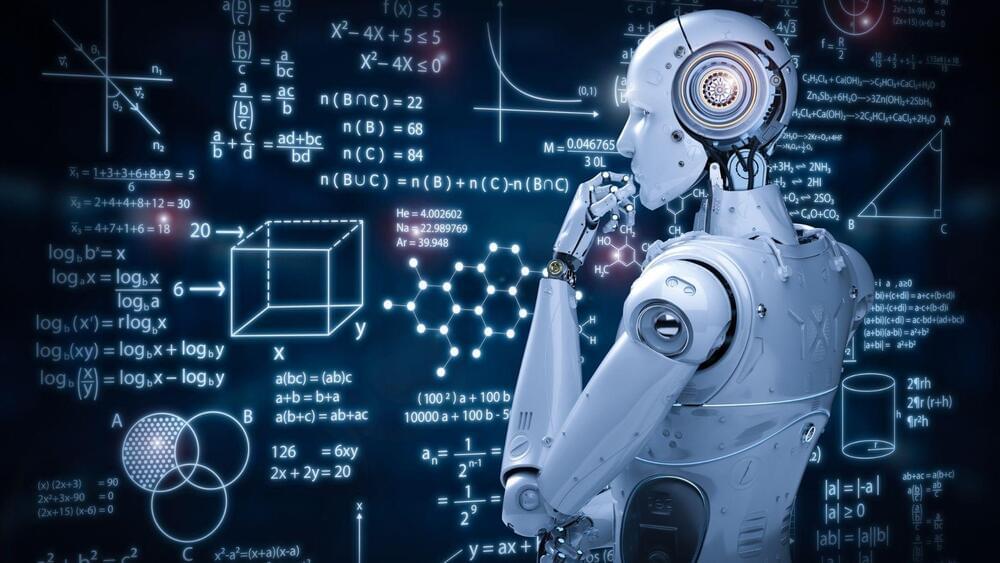
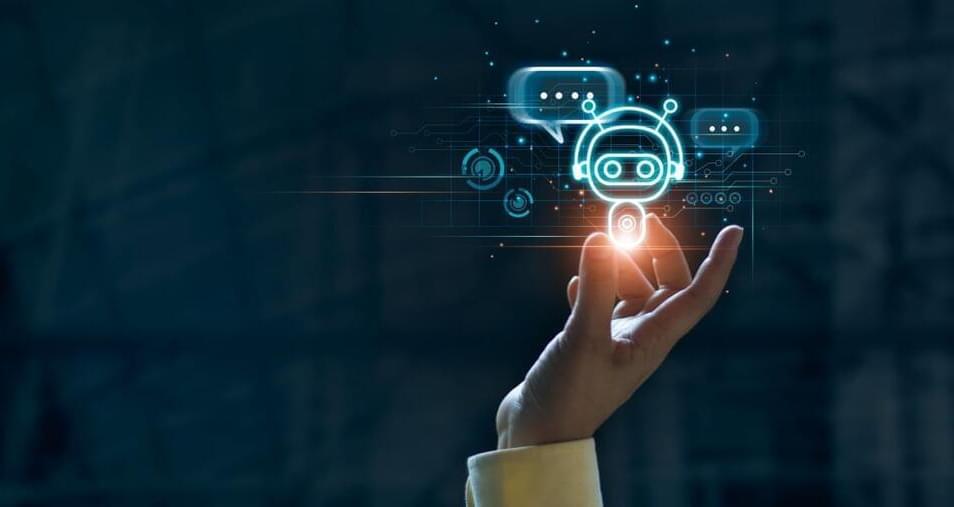


 עברית (Hebrew)
עברית (Hebrew)






